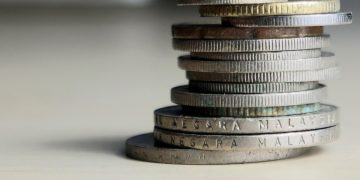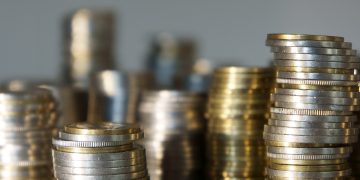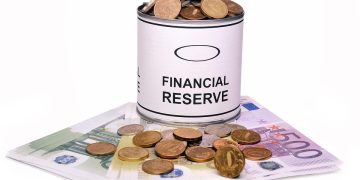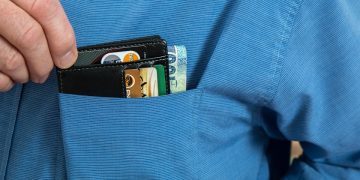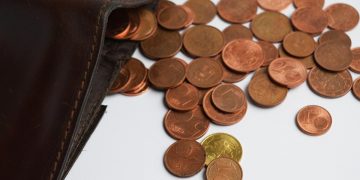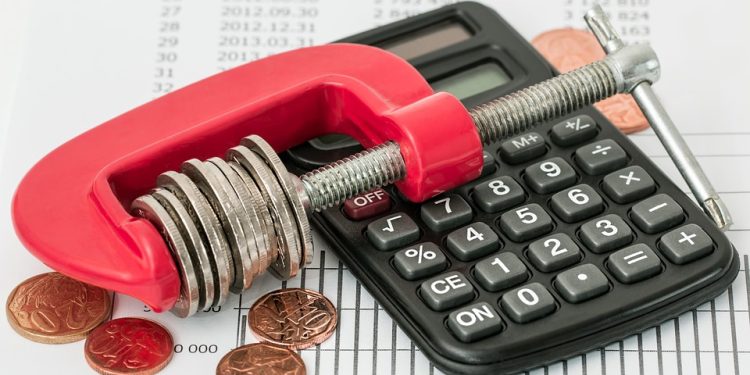Breaking Free: The Ultimate Guide to Debt Consolidation
Are you drowning in debt and struggling to make ends meet each month? Debt consolidation may be the solution you’ve been looking for. By combining all of your debts into one manageable monthly payment, you can simplify your finances and take control of your debt once and for all. In this comprehensive guide, we will explore everything you need to know about debt consolidation, including how it works, the benefits and drawbacks, and how to get started. Let’s break free from debt together!
What is Debt Consolidation?
Debt consolidation is the process of combining multiple debts into a single loan or payment. This can be done through a variety of methods, including taking out a personal loan, using a balance transfer credit card, or working with a debt consolidation company. The goal of debt consolidation is to simplify your finances and make it easier to manage your debt by reducing the number of monthly payments you have to make.
How Does Debt Consolidation Work?
When you consolidate your debts, you are essentially taking out a new loan to pay off your existing debts. This new loan typically has a lower interest rate than your current debts, which can help you save money in the long run. By consolidating your debts, you can also extend the repayment period, which can lower your monthly payments and make it easier to stay on top of your debt.
The Benefits of Debt Consolidation
There are many benefits to consolidating your debt, including:
- Lower interest rates
- One monthly payment
- Simplified finances
- Lower monthly payments
- Improved credit score
By consolidating your debts, you can save money on interest, reduce the number of payments you have to make each month, and improve your credit score by making on-time payments. Debt consolidation can also help you avoid late fees and penalties, which can add up quickly and make it even harder to get out of debt.
The Drawbacks of Debt Consolidation
While debt consolidation can be a great tool for managing your debt, there are also some drawbacks to consider. These include:
- Extended repayment period
- Potential fees and charges
- Risk of accumulating more debt
- Impact on credit score
Before consolidating your debts, it’s important to carefully consider the potential drawbacks and make sure you understand all of the terms and conditions of the new loan. Make sure to compare interest rates, fees, and repayment terms to ensure you are getting the best deal possible.
How to Get Started with Debt Consolidation
If you’re ready to take control of your debt and start fresh, here are some steps to get started with debt consolidation:
- Assess your current debts and financial situation
- Research different debt consolidation options
- Compare interest rates and terms
- Apply for a debt consolidation loan or credit card
- Pay off your existing debts with the new loan
- Make regular, on-time payments to pay off your new loan
By following these steps and staying committed to your debt consolidation plan, you can break free from debt and start building a brighter financial future. Remember, debt consolidation is just one tool in your financial toolkit – it’s important to also focus on budgeting, saving, and building good financial habits to avoid falling back into debt in the future.
Conclusion
Debt consolidation can be a powerful tool for managing your debt and taking control of your finances. By combining all of your debts into one manageable monthly payment, you can simplify your finances, save money on interest, and improve your credit score. If you’re struggling with debt, consider exploring debt consolidation as a potential solution. With careful planning and commitment, you can break free from debt and start building a brighter financial future. Remember, it’s never too late to take control of your finances and start fresh. Good luck!












